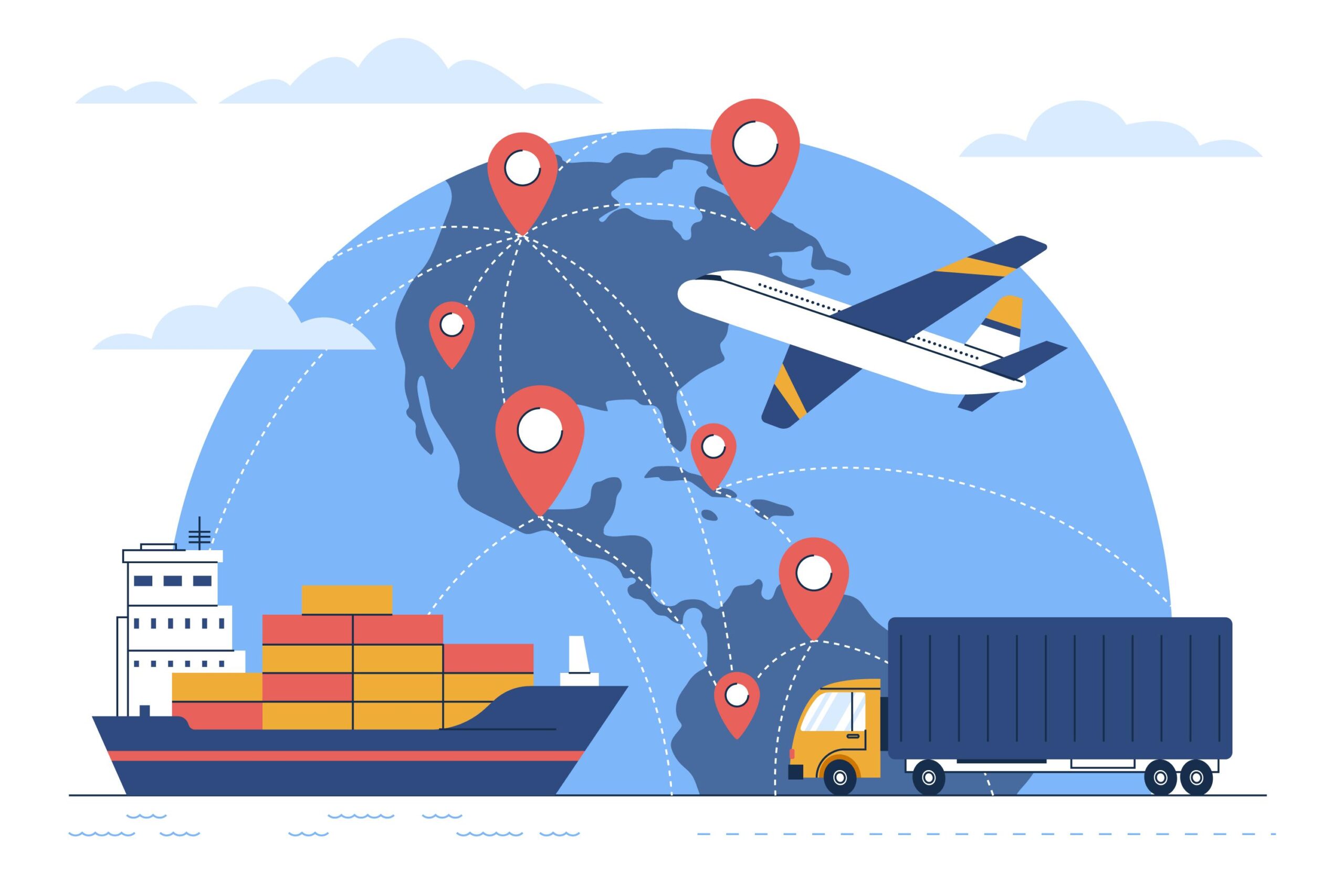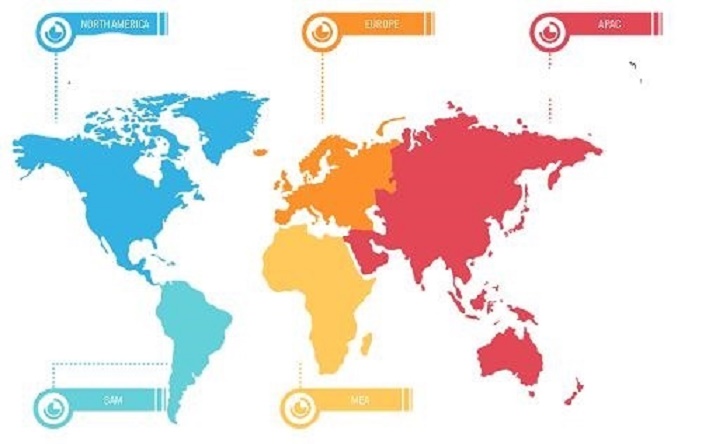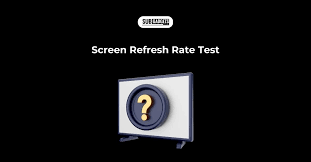Freight Tracking Software
Freight tracking software is a specialized tool designed to streamline and optimize the tracking and tracing of shipments. It allows businesses to monitor the movement of goods from the moment they leave the warehouse until they reach their destination. This software leverages advanced technologies to provide real-time visibility into your freight, ensuring you have complete control over your supply chain.
Why You Need Freight Tracking Software
1. Enhanced Visibility
One of the primary reasons to invest in freight tracking software is to gain enhanced visibility into your shipments. With the ability to monitor your cargo’s location and status in real-time, you can proactively address any issues that may arise during transit. This level of visibility helps prevent delays and ensures your customers receive their orders on time.
2. Improved Customer Satisfaction
In today’s competitive market, customer satisfaction is paramount. Freight tracking software enables you to provide your customers with accurate and up-to-date information regarding the status of their orders. This transparency not only builds trust but also leads to higher customer satisfaction rates.
3. Efficient Resource Management
Efficiency is the key to success in logistics. Freight tracking software helps you optimize your resources by providing insights into route optimization, load planning, and vehicle scheduling. This leads to reduced operational costs and improved resource management.
4. Proactive Issue Resolution
With real-time tracking capabilities, you can identify and address issues as they occur. Whether it’s a delayed shipment or a route deviation, freight tracking software allows you to take immediate action to resolve problems and minimize their impact on your operations.
5. Compliance and Documentation
Freight logistics software also assists in maintaining compliance with regulatory requirements. It helps you keep track of essential documentation, such as bills of lading and customs forms, ensuring that all necessary paperwork is in order.
Key Features of Freight Tracking Software
When considering freight tracking software for your business, it’s essential to understand the key features that can make a significant difference in your logistics operations. Here are some of the crucial features to look for:
Real-Time Tracking and Traceability
Freight tracking software should provide real-time tracking capabilities, allowing you to monitor your shipments 24/7. This feature ensures that you always know the exact location of your cargo.
Automated Alerts and Notifications
Receive automated alerts and notifications for important milestones and events in the shipping process. Whether it’s an estimated time of arrival or a potential delay, you’ll stay informed.
Integration Capabilities
Look for software that can seamlessly integrate with your existing systems, such as your ERP (Enterprise Resource Planning) or CRM (Customer Relationship Management) software. Integration streamlines data flow and enhances overall efficiency.
Analytics and Reporting
Robust analytics and reporting tools provide valuable insights into your logistics operations. Analyze data to identify trends, optimize routes, and make data-driven decisions.
Mobile Accessibility
Access your freight tracking software on-the-go with mobile applications. This feature ensures that you can stay connected and informed, no matter where you are.
Security and Data Protection
Ensure that the software prioritizes security and data protection. Your shipment data is sensitive, and it’s crucial that it remains secure from unauthorized access.
Choosing the Right Freight Tracking Software
Selecting the right freight tracking software for your business requires careful consideration. Here are some steps to help you make an informed decision:
1. Define Your Needs
Begin by identifying your specific requirements. What type of freight do you handle? Do you need international tracking capabilities? Understanding your needs will narrow down your options.
2. Research and Compare
Research different freight tracking software solutions available in the market. Compare their features, pricing, and customer reviews. Look for software that aligns with your business goals.
3. Request Demos
Don’t hesitate to request demos from software providers. Seeing the software in action will give you a better understanding of its usability and functionality.
4. Scalability
Consider the scalability of the software. Can it grow with your business? Ensure that the software can accommodate your future needs.
5. Integration
Check if the software can integrate with your existing systems. Integration eliminates data silos and enhances efficiency.
6. User-Friendly Interface
Choose software with a user-friendly interface. A well-designed interface makes it easier for your team to adopt and use the software effectively.
7. Support and Training
Evaluate the level of customer support and training provided by the software provider. A responsive support team can be invaluable in resolving any issues that may arise.
How Freight Tracking Software Works
Now that you have a good understanding of the importance of freight tracking software and what to look for when choosing the right solution, let’s delve into how this software operates.
1. Data Collection
Freight tracking software begins by collecting data from various sources. This data includes information about the shipment, such as the origin, destination, carrier details, and scheduled delivery times.
2. GPS and Sensors
Many tracking systems utilize GPS technology and sensors to monitor the cargo’s location and condition. GPS provides real-time geographic coordinates, while sensors detect factors like temperature, humidity, and shock.
3. Communication
The collected data is transmitted through various communication channels, such as cellular networks or satellite communication. This ensures that the information is relayed back to the software’s central platform.
4. Centralized Platform
All the data is processed and stored on a centralized platform. This platform is accessible to authorized users, providing them with a comprehensive view of all shipments in transit.
5. Real-Time Updates
Users can access real-time updates on the status and location of their shipments through the software’s interface. This information is continuously updated as the cargo progresses on its journey.
6. Alerts and Notifications
The software triggers alerts and notifications based on predefined criteria. These alerts can include estimated time of arrival, delivery confirmations, or any exceptions, such as delays or route deviations.
7. Analytics and Reporting
Freight tracking software often includes analytics and reporting tools. These tools allow users to analyze historical data, track performance metrics, and make informed decisions to optimize their logistics operations.
The Future of Freight Tracking Software
As technology continues to advance, the future of freight tracking software holds exciting possibilities. Here are some trends and developments to watch for:
1. Internet of Things (IoT) Integration
The integration of IoT devices and sensors will become even more prominent in the tracking of freight. This will provide real-time data on various conditions, such as temperature, humidity, and even tampering.
2. Artificial Intelligence (AI) and Machine Learning
AI and machine learning algorithms will play a significant role in predictive analytics. These technologies will enable the software to anticipate issues and suggest optimal routes and strategies.
3. Blockchain for Transparency
Blockchain technology will enhance transparency and trust in freight tracking. It will provide an immutable record of each shipment’s journey, ensuring data integrity and security.
4. Sustainability and Environmental Monitoring
Freight tracking software will incorporate environmental monitoring features. This includes tracking carbon emissions and helping companies make eco-friendly choices in their logistics operations.
5. Autonomous Vehicles and Drones
The use of autonomous vehicles and drones for last-mile delivery will be integrated into tracking software. This will enable faster and more efficient delivery options.
Conclusion
As you embark on your journey to find the right freight tracking software for your business, remember to define your needs, research and compare options, and prioritize scalability and integration. By making an informed choice, you can streamline your logistics operations, reduce costs, and stay ahead of the competition.
The future of freight tracking software holds even more exciting developments, with IoT integration, AI and machine learning, blockchain transparency, and sustainable practices leading the way. Embracing these advancements will further elevate the efficiency and effectiveness of your logistics operations, ensuring a bright future for your business in the world of shipping and freight.





